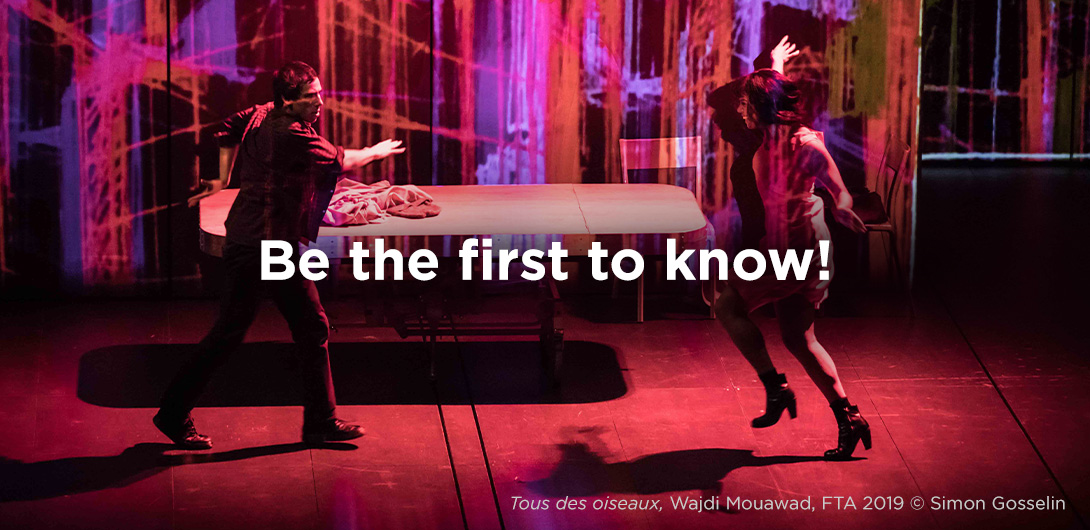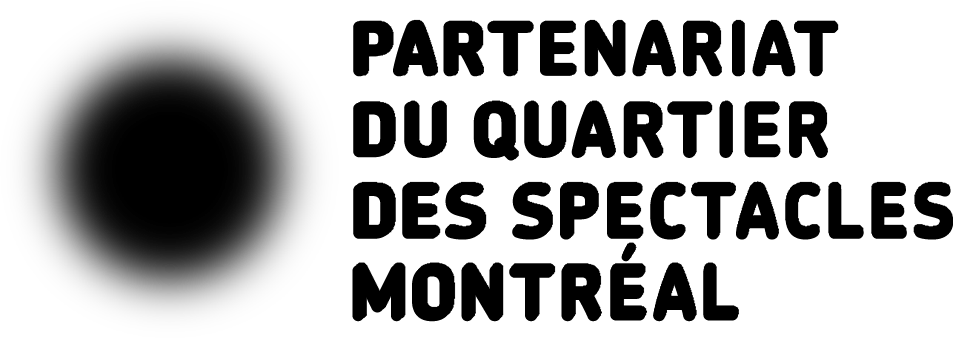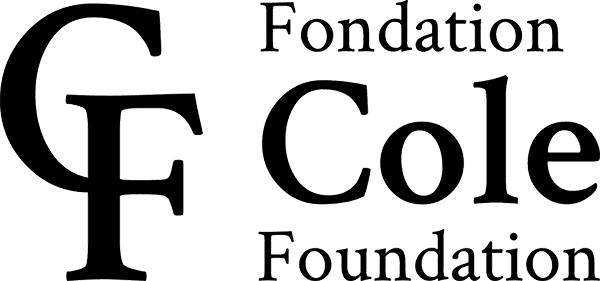The notion of “cosmic corporealities” appears frequently in your choreographic vocabulary. What exactly is meant by that?
The concept of the “cosmic body” or “cosmic corporealities” comes from my reading of Glitch Feminism: A Manifesto (2020) by Legacy Russell. In her manifesto, she pays tribute to the “inconceivable vastness” of the body and the cosmic scope that it contains. She quotes in passing the Martinican philosopher Édouard Glissant, who proposed the idea of consenting not be a single being by opening yourself up to the multiplicity of your being. The cosmic body consents to performing its abstraction in order to explore its potential beyond conventional and social limits. I understand it as a call for continued interconnection, or even interpenetration, between beings, materials, and things.
How does this unique relationship to the body feed into the exploration of eroticism at the heart of Unarmoured?
At the start of the process, I spoke of “cosmic eroticism” because I wanted to remove eroticism from its relationship to seduction and pornography. I wanted to open it up to include even what a child might desire, feel, and perceive. Eroticism in the sense of a wakening to desire, pleasure, and play through the intermediary of the sensory worlds that comprise who we are. Then, I gradually moved away from the term “cosmic” in order to explore an eroticism of the flesh that was more concrete and down-to-earth. We have a very strong relationship with the ground in this piece. It’s definitely our ally.
Today, I would say that UNARMOURED is a work about how to live and feel our relationship to eroticism starting from the exploration of our cosmic corporeality. Together, we wonder how this relationship has been shaped by what we have experienced and imagined, from childhood to adulthood. There is certainly a quest for healing that is shared by all of us, even though each of our paths is different—a search for liberation from shame and constraints by reclaiming our desires and sensations. To achieve this, we need someone else. The writing of this piece was an inherently collaborative process.
Duos seem to play an important role in that respect. When moving, you really feel how mutual support and encouragement generate spaces for impact, resistance, and negotiation as well as openings. How do you handle the relationship to the other?
We talk quite bluntly about our experiences and our sexuality. There’s a genuine dialogue, an exchange about mutual consent to see whether we can support someone or give them space instead. At the start, one of the frameworks for this project was the resolution or transformation of conflict. I was reading The Space Between Us (2021) by Betty Pries and I literally felt like I was reading music theory. I come from a music background originally. My way of understanding dance is therefore musical. I realized that that’s what duos are about. It’s a matter of negotiation, exchange, and being open to hearing each other. It also involves polarity, meaning alternation between resistance and openness, contraction and expansion. The poem “Waterline” by the Vietnamese author Ocean Vuong was an important reference point in our process: “If I nationed myself / in the shadow / of a colossal wave / If only to hold on / by opening– / by kingdom come.” The phrase “to hold on by opening,” served as a mantra for us, the idea of holding on to an anchor, which could be a body, a sound, a place or a prayer, to better open ourselves up to the potentialities that form us.
As a musician and choreographer, how do you see and navigate “the space between us”?
I see the spaces of friction and modulation in the relationship between two bodies as musical interludes. I see two vibrations that intensify each other, creating a space, or conversely, cancel each other out. I see how the resolution of a single musical theme can release tension and lead to a complete reorganization of the body. These intervals are waves of energy. Bodies are constantly synchronizing and desynchronizing. I feel like the physical exploration in UNARMOURED revolves around water. The formal approach combines notions of fluidity, multiple identities, evolution, and healing, which form the lens of our relationship to eroticism. The relational space, made of waves and polyphonic games, is created through the work’s various media: bodies, space, music, light.










